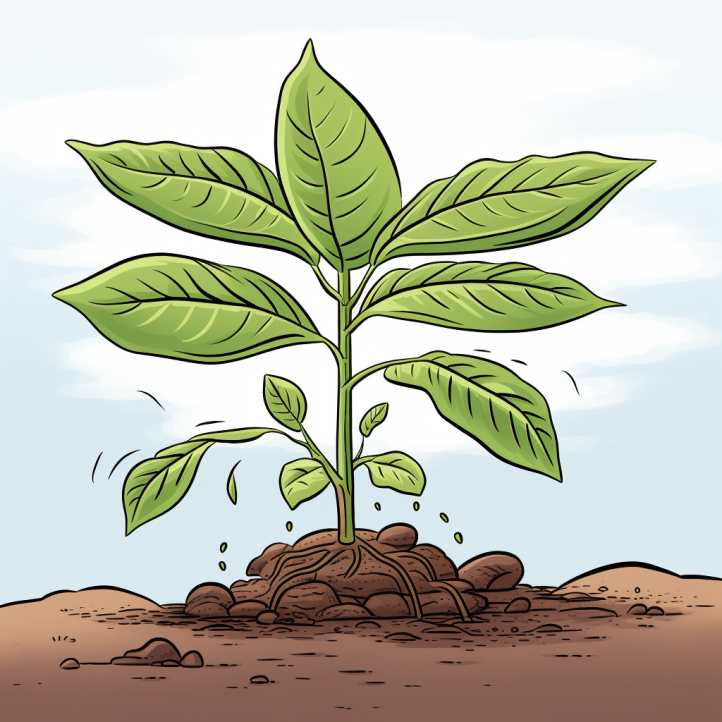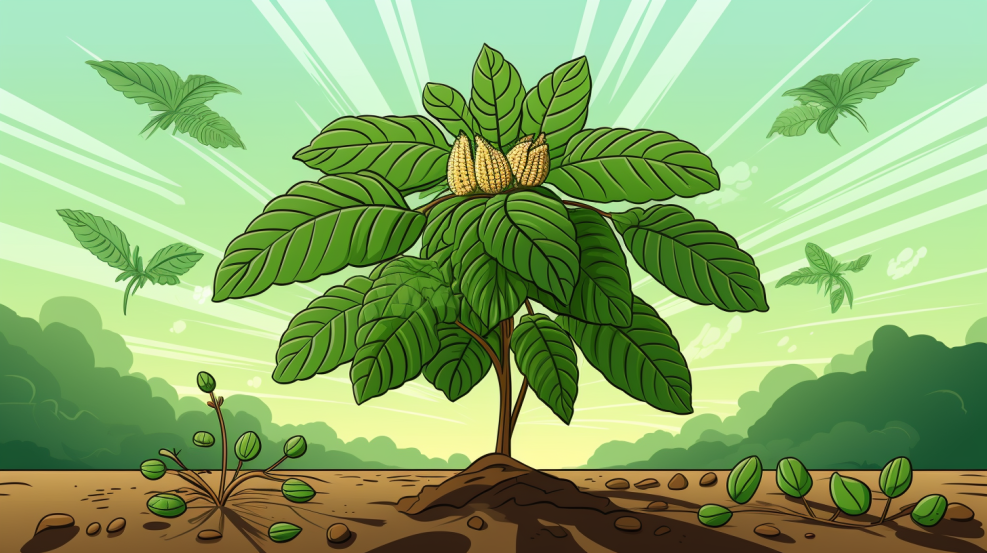A new study published in the American Journal of Preventive Medicine has shed light on the growing use of kratom, an herbal drug with psychoactive effects, in the United States.
The key findings show that kratom use is rising, with 0.7% of Americans aged 12 and older reporting past-year use.
Use is especially common among those with prescription opioid or other substance use disorders.
Key facts:
- 0.7% of Americans aged 12+ reported using kratom in the past year, equal to over 1.6 million people.
- People with prescription opioid use disorder had 3 times higher odds of using kratom compared to the general population.
- 10.4% of those with opioid use disorder reported kratom use.
- Cannabis users, both with and without cannabis use disorder, also had 4 times higher odds of using kratom.
- People who used cocaine or misused prescription stimulants without a disorder had around 2 times higher odds of kratom use.
Source: Am J Prev Med. 2021
This national survey provides the first robust estimates of kratom use and correlates in the U.S. population.
The findings suggest kratom is increasingly being used as a substitute for opioids or to ameliorate opioid withdrawal symptoms.
However, kratom use is also prevalent among those using other substances like cannabis and cocaine.
More research is needed on the reasons for kratom use and the potential risks of adding it to existing drug repertoires.
What is Kratom (Mitragyna speciosa)?
Kratom (Mitragyna speciosa) is a plant originating from Southeast Asia that has become more popular in recent years in the United States.
The leaves of the kratom plant can be chewed, brewed into tea, or crushed into powder to ingest.
At low doses, kratom acts as a stimulant, but at higher doses it has analgesic and sedative effects.
These pain-relieving qualities occur because kratom contains mitragynine and 7-hydroxymitragynine, compounds that interact with opioid receptors in the brain.
As such, kratom is considered a partial opioid agonist.
Regular kratom use can lead to physical dependence, tolerance, and withdrawal symptoms.
While kratom is not currently scheduled as an illegal drug, the DEA has identified it as a drug of concern due to its addiction potential.
The FDA has also issued warnings against kratom use as its safety profile is still being studied.
Long-term kratom use has been linked to adverse events like seizures, psychosis, liver damage, and neonatal abstinence syndrome.
There have also been hundreds of kratom-related deaths, typically involving mixtures with other substances like fentanyl or heroin.
Determining Kratom Use Trends with a Survey
Researchers analyzed data from the 2019 National Survey on Drug Use and Health (NSDUH), an annual survey of drug use behaviors and mental health among the U.S. general population.
The nationally representative sample included over 56,000 non-institutionalized Americans aged 12 and older.
Participants self-reported their past-year use of various drugs including kratom.
The survey also screened for substance use disorders using DSM-IV criteria.
Kratom Use in U.S. (Study): Findings & Correlations

An estimated 0.7% of individuals aged 12 and older, equal to over 1.6 million Americans, reported using kratom in the past year.
Kratom use was more common among adults aged 18-49 compared to adolescents aged 12-17 and adults 50+. Use declined with increasing age.
Men had slightly higher rates of kratom use than women.
Rates were also highest among white individuals compared to other racial/ethnic groups.
Opioid Use Disorder Strongly Linked to Kratom Use
The strongest predictor of kratom use was having a prescription opioid use disorder.
Those screened positive for opioid use disorder had 3 times higher odds of using kratom compared to the general population.
Specifically, 10.4% of those with opioid use disorder reported kratom use in the past year.
This aligns with previous research indicating many people use kratom to self-treat opioid addiction or mitigate withdrawal symptoms as they wean off opioids.
However, the study found that people who misused opioids without having an opioid use disorder were not more likely to use kratom.
This suggests kratom may be primarily used as a treatment substitute among those with more severe opioid addiction issues.
Kratom Links to Other Drugs (Cannabis, Cocaine, Stimulants)
In addition to links with opioid use disorder, kratom use was also more common among those using other substances like cannabis, cocaine, and prescription stimulants.
People with past-year cannabis use disorder had over 4 times higher odds of using kratom.
Odds were similar for those who used cannabis without having a disorder.
Around 5.6% of cocaine users and 6.2% of prescription stimulant misusers reported kratom use.
Though less than the rate among those with opioid use disorder, these groups still had around 2 times higher odds compared to non-users.
These findings indicate kratom use is prevalent not only among opioid users, but also among those using stimulants and cannabis.
More research is needed on the reasons kratom is added to polydrug repertoires.
Public Health Implications of Kratom Trends (2021)
This national survey provides compelling evidence that kratom use is on the rise in the U.S., especially among people with substance use disorders involving opioids, stimulants, and cannabis.
The findings raise concerns that people may be using kratom to replace opioids and manage withdrawal symptoms.
While it may help treat opioid addiction for some, kratom also comes with its own risks and side effects.
Without proper supervision, adding kratom to existing drug regimens could result in unintended harms.
More research is urgently needed to better understand why people use kratom, in what contexts, and with what other substances.
This can inform public health interventions like consumer education campaigns and substance use treatment programs tailored to those using kratom.
Regulators will also need to balance carefully the potential benefits and harms of kratom as they consider how to schedule this emerging drug.
An outright ban could drive more dangerous illicit use, while a lack of oversight leaves consumers unaware of escalating risks, especially when mixed with other substances.
As kratom use increases, public health authorities, treatment providers, and regulators will need to ramp up research, monitoring, and balanced regulatory action to reduce potential fallout from this rapidly rising herbal drug trend.
Proactive measures focused on high-risk groups identified in this study could help mitigate kratom’s impact on the opioid epidemic and substance use disorders more broadly.
References
- Study: Past-year kratom use in the U.S.: estimates from a nationally representative sample
- Author: Joseph J. Palamar PhD MPH







